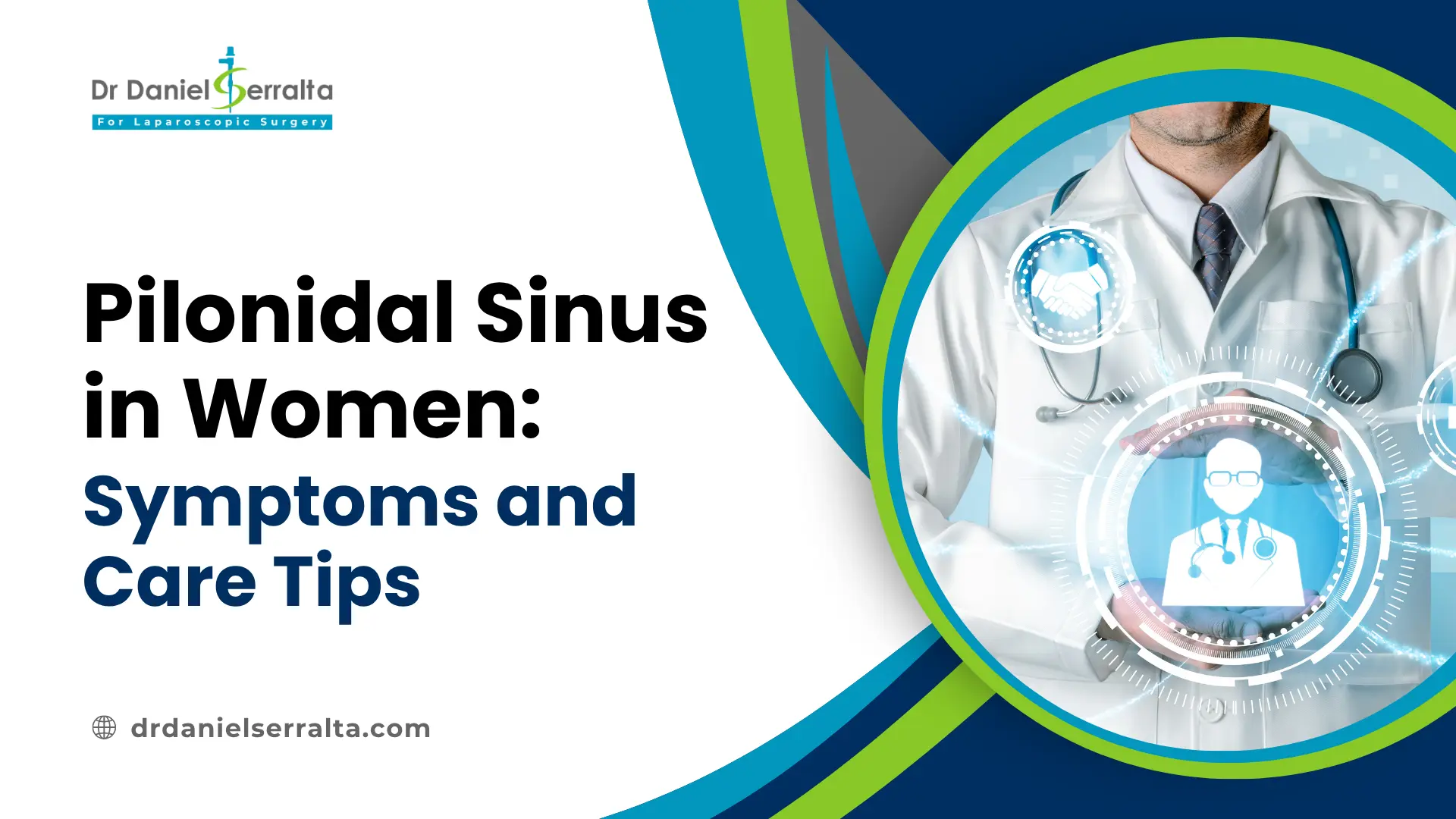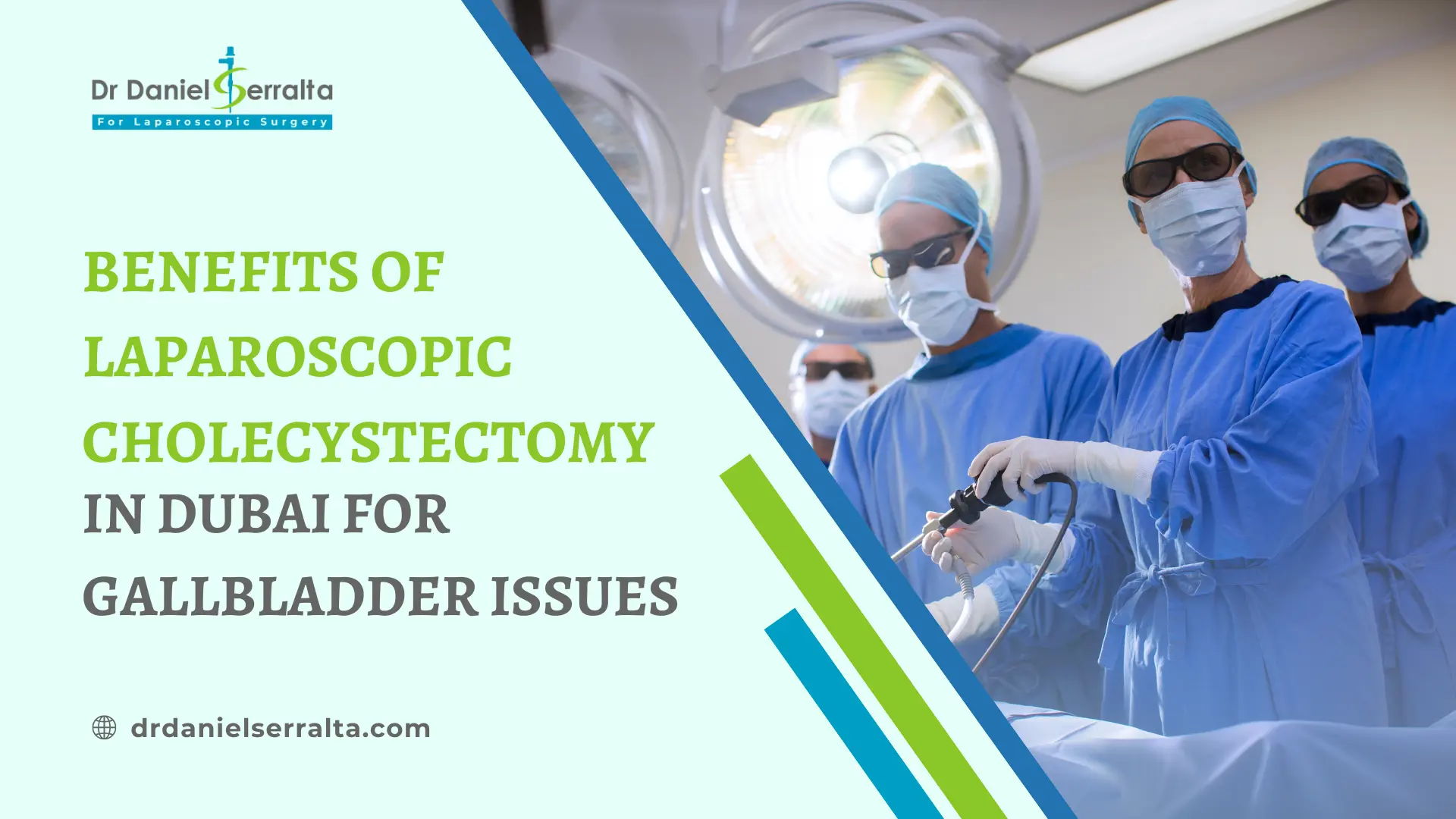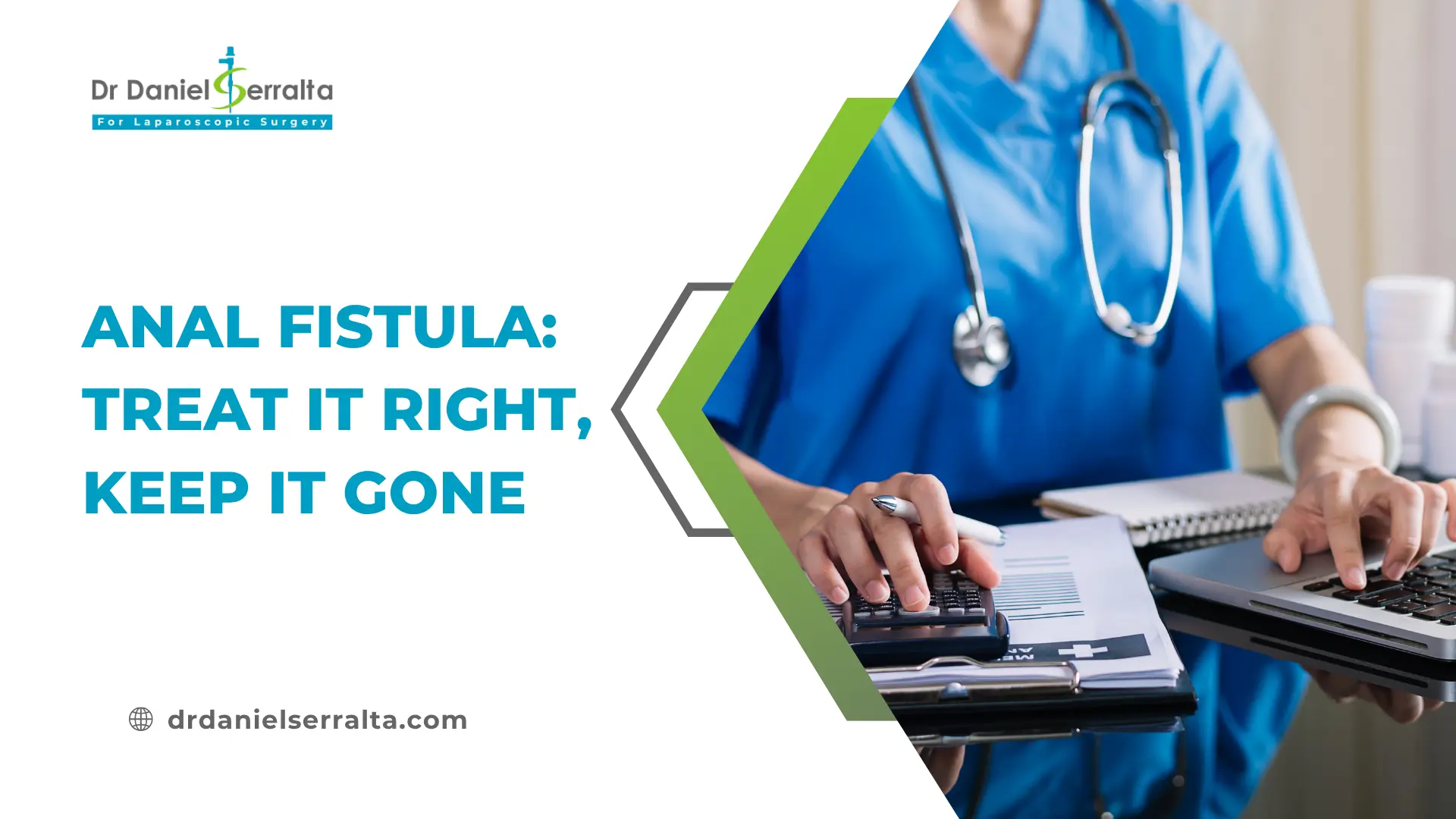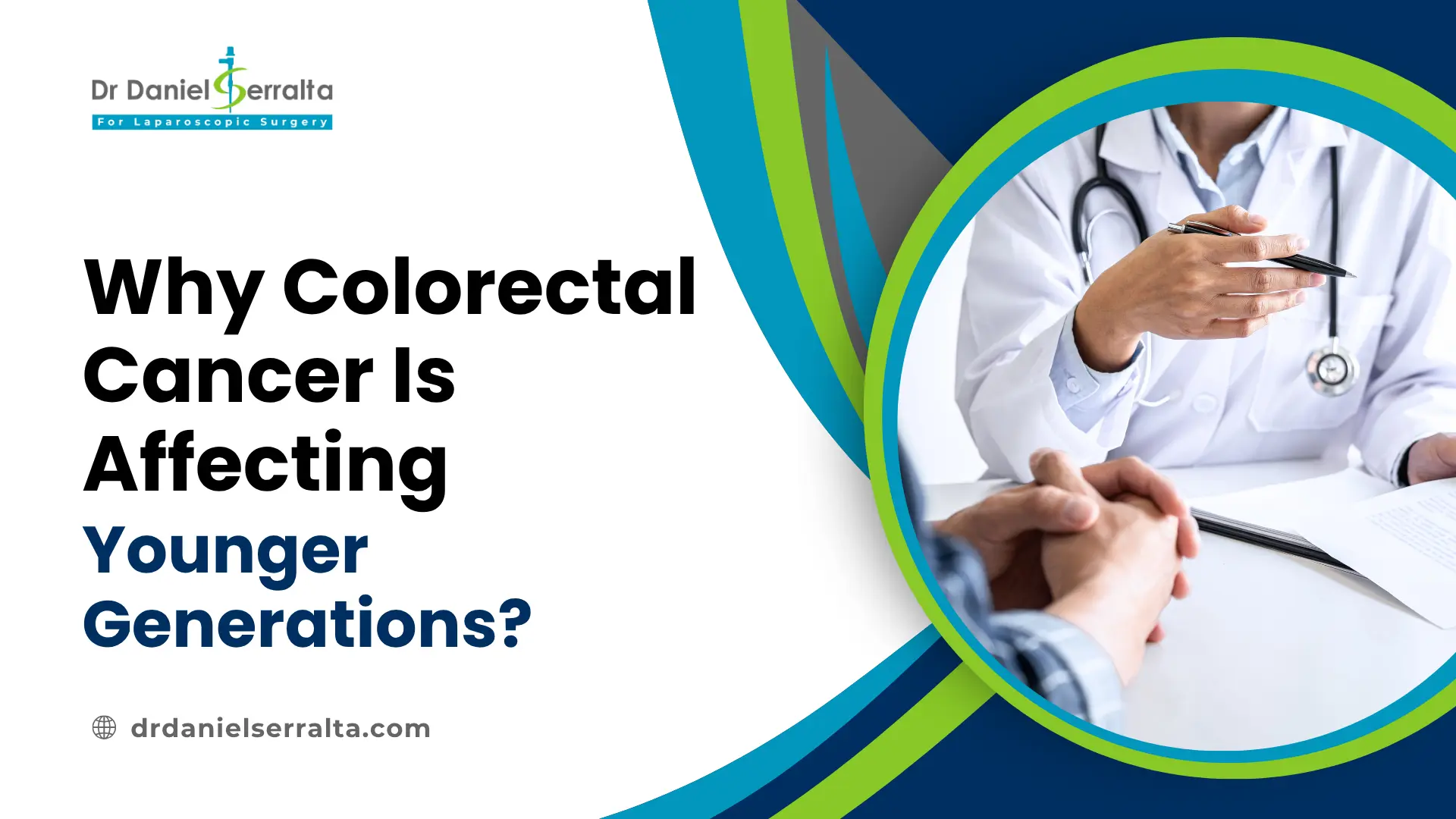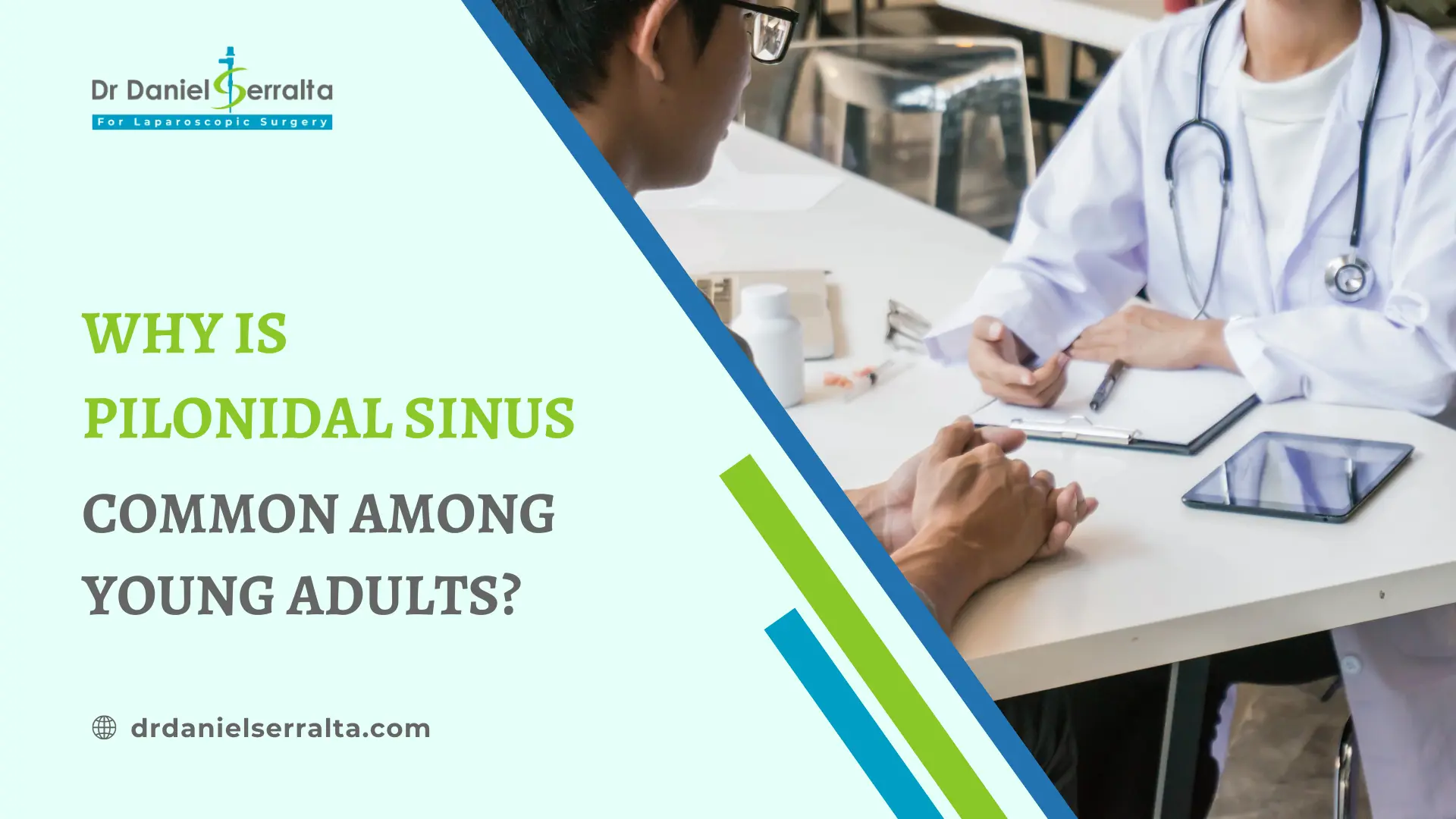Stages of Fissure Healing – How To Heal a Fissure Fast?
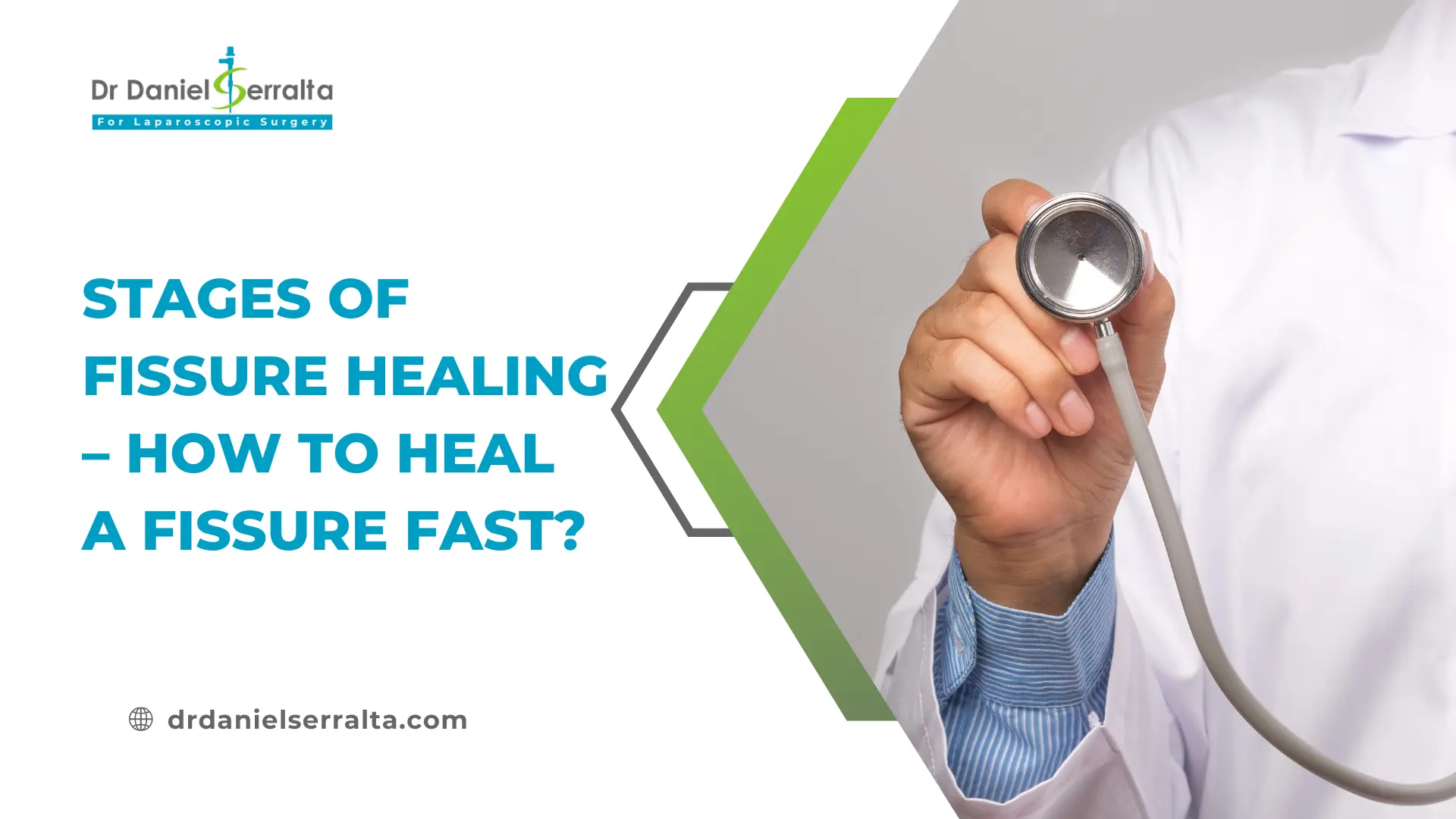
At times when patients come to see me about anal fissures, the first thing that strikes me is just how much discomfort they’re in. The pain, the bleeding, and the anxiety around using the toilet can be really overwhelming. I tend to make sure to explain that fissures heal in stages, and if we catch them early enough, they usually don’t turn into long-term issues. By understanding the Stages of Fissure Healing, you’ll have a clearer idea of what to expect and how to speed up your recovery.
What is an Anal Fissure?
An anal fissure is essentially a small tear in the lining of the anal canal. It often happens when hard stools stretch the skin, but it can also be triggered by repeated diarrhea or prolonged straining. Since this area has a lot of nerve endings, the pain can be quite sharp and burning.
Most of my patients describe:
– Pain during or after bowel movements
– Bright red bleeding on the tissue or in the toilet
– A spasm-like tightening that makes everything feel worse
– In chronic cases, a small lump or skin tag near the fissure
Even though these symptoms might sound alarming, the good news is that most fissures heal quite well when managed properly.
What Leads to Anal Fissures?
Constipation tops the list in my practice when it comes to causes of fissures. Passing hard stools or pushing too hard places much strain on the skin in that region, which then tears. Other aggravators I see include:
– Frequent bouts of diarrhea
– Sitting too long on the toilet
– Digestive conditions, such as Crohn’s disease
Whatever the cause may be, it’s a case of healing the tear, relaxing the spasm, and trying to avert a repeat occurrence.
Stages of Fissure Healing
Let me walk you through the stages of anal fissure healing as I explain to each patient.
1. Acute Stage
Pain is sharp at this phase, bleeding is fresh, and the area feels tight. Movements of the bowel bring about severe discomfort.
What do I suggest: Soften the stool so that much of what follows is just maintenance. Eat plenty of fiber, drink lots of fluid, take warm sitz baths 3x-4x daily and local ointments for relaxation of the muscle. Most of the fissures heal completely, if managed at this stage, within few days.
2. Healing Stage
This is the period when care has been instituted, as the pain diminishes, bleeding attenuates.
What do I recommend: Continue with fibre and fluids and sitz baths and continue the topical ointments for a total of 6 weeks. It may sound too much, but at this stage the mucosa is still fragile and recurrency is very frequent.
3. Chronic Stage (after 6 weeks)
If the symptoms were disregarded and you come to my clinic at this stage we still have a chance to heal it, although much less than in the acute phase, with the same treatment. If the treatment was stablished and followed properly and the fissure is not yet healed, the fissure becomes chronic,usually there is a skin tag near the tear. At this stage surgery is the best option.
Stages of Fissure Healing After Surgery
I recommend a Lateral Internal Sphincterotomy (LIS) with or without fissurectomy (removing the chronic wound) for patients who do not get better using medicines, as it is accepted as the best treatment and gives excellent results.
– Pain and spasms relieve within days
– The fissure heals as the blood flow is restored to normal
– Recovery usually requires 4–6 weeks
Botox is an alternative, but from my experience, LIS is known for the best treatment for anal fissure in Dubai. Botox has a temporary action and after 10-12 weeks its effect is over, so recurrency is possible. However, it remains a good option specially for people suffering from fecal incontinence or with history of previous LIS.
How to Heal a Fissure Fast
Throughout the years I observed that patients recover fastest when they implement these specific actions:
– A diet containing high amounts of fibre from vegetables and fruits along with whole grains helps
– Drink plenty of water
– Perform daily sitz baths for pain relief and muscle relaxation
– Take all prescribed ointments according to the doctor’s instructions
– Prevent any form of straining when you use the restroom for bowel movements
– Maintain regular physical activity through simple walking exercises
Fissure Treatment in Dubai
During my consultations with patients who seek anal fissure treatment in Dubai I inform them that their treatment approach depends on the fissure stage. The majority of mild fissure cases achieve healing through adjustments in diet and fluid intake along with ointment applications. For persistent fissures I recommend my patients to go for surgical procedures for fissure treatment in Dubai.
Preventing Recurrence
People frequently ask me about methods to prevent this condition from reoccurring. The guide I give consists of these three essential points:
– Maintain soft bowel movements through proper diet and adequate hydration
– Respond to the urge to pass stool without delay
– Avoid long toilet sitting
– Manage constipation or diarrhea early
– Stay consistent with lifestyle changes
The recommended steps you follow will produce significant results for preventing future fissures.
Conclusion
According to my medical background fissures produce minimal physical damage yet they severely disrupt your everyday routine. The good news is that they almost always heal with the right care. By understanding the phases of fissure healing you can begin early treatment which will accelerate your recovery while preventing long-term complications. Modern fissure treatment options available in Dubai include effective medicines as well as surgical interventions. Do not let your pain control your life because healing remains completely achievable through appropriate steps.
Frequently Asked Questions
1. How long does it take for a fissure to heal?
Acute fissures usually heal within 4–6 weeks with proper care. Chronic fissures may need medical or surgical treatment.
2. Which stage is most important?
The acute stage. Early treatment prevents the fissure from becoming chronic.
3. Can fissure treatment prevent recurrence?
Yes. With medical guidance and lifestyle changes, recurrence is much less likely.
4. What are the treatment steps?
Lifestyle changes → topical creams → surgery if needed.
5. What is the best treatment for chronic fissures?
Lateral internal sphincterotomy surgery has the highest success rate.
6. How can I find the best doctor in Dubai for fissures?
Choose an specific proctologist or colorectal surgeon with experience and good patient reviews.
7. How long does recovery take after surgery?
Most patients feel better within days, and full healing takes about 4–6 weeks.
8. Can fissures come back?
Yes, but maintaining good bowel habits and diet greatly reduces the risk.

